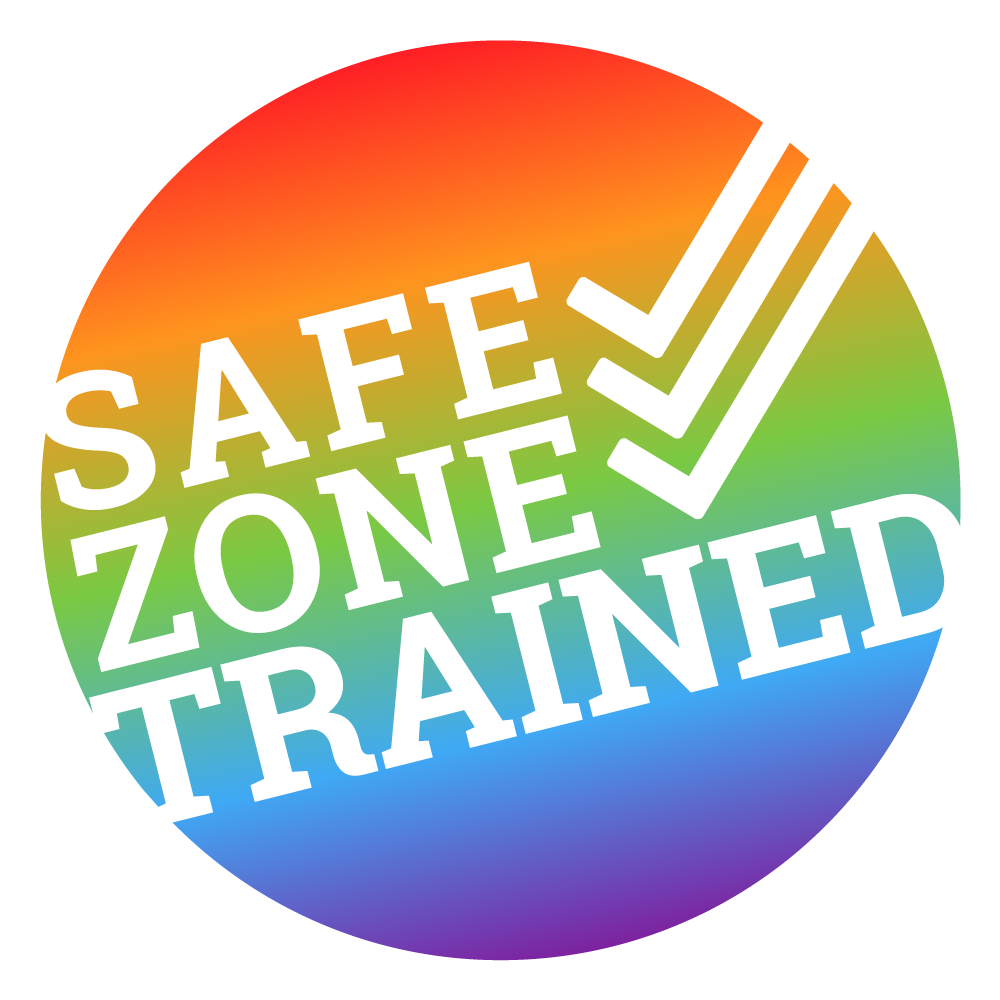History of Child Abuse and Advocacy
History of Child Abuse and Advocacy
I learned that during the 19th century, specifically, the case of Mary Ellen Wilson in 1874, was a pivotal point in emphasizing the need for child protection laws as there were none at the time. This initially stood out and I felt disheartened as it's shocking how non-self-aware a society can get to continue generational trauma. The Child Abuse Prevention and Treatment Act (CAPTA), signed in 1974, was the first national law mandating minimum standards for state child abuse. This act formalized governmental responsibility for intervening in abuse cases and established a federal center for child abuse prevention (Skinner, 2021).
What I find even more unsettling is that her rescue was not from a child protection agency, but a caseworker had to reach out to the American Society for the Prevention of Cruelty to Animals (ASPCA) for help. Prior to Mary Ellen’s case, animals received legal protections before children laws prohibiting cruelty to animals existed as early as 1641 animals received legal protections before children (Shelby, 2019).
Fortunately, the New York Society for the Prevention of Cruelty to Children (NYSPCC) was founded as the first official child protection agency in the world. In 1880, 37 similar organizations were established across the U.S. which grew to over 300 organizations dedicated to child protection by 1922 (Shelby, 2019).
Ecological systems theory (EST), created by Bronfenbrenner, gives social workers multiple lenses from a framework of micro, meso, exo, macro, and chrono systems of a child’s life to figure out what might be putting them at risk for abuse (Martinello, 2020).
According to Anna Bea, MSW, Ecological Systems Theory (EST), the microsystem focuses on the home where stressors such as chronic poverty or food insecurity cause stress, which causes parents to potentially take out their frustrations on their children. Within the microsystem, poverty may also lead to peer rejection and isolation. For example, a child growing up poor may not be able to afford school supplies, lunch, or extracurricular supplies like (new racquet, sports equipment), which in turn shames and humiliates the child, causing potential lower academic performance and social inadequacies among peers. Parents might have social support issues, such as getting divorced or moving into a high-crime neighborhood, which can affect a child's exosystem. Over time (chrono-system), young children can experience long-term harm from economic or social hardship, carrying the trauma into adulthood (Bea, 2020).
Ecological Systems Theory (EST) also considers how a child's family, friends, neighbors, and community all connect. On a meso-level, job and community systems might play a factor in a child's well-being, such as if a parent(s) has stressors from job loss or the quality of community care that’s provided for the child. The macrosystem refers to the bigger picture, such as culture, child parenting styles based on religion or cultural belief systems. For example, a family might believe that physical punishment is normal and have cultural stigmas or fear of being shamed within their culture if they report abuse (Martinello, 2020).
References
Bea, A. (2020, November 25). Ecological systems theory for social work [Video]. YouTube. https://youtu.be/AXcsNEEO7mo
Martinello, E. (2020). Applying the ecological systems theory to better understand and prevent child sexual abuse. Sexuality & Culture, 24(1), 326–344.
Skinner, S. (2021, April 13). History of child abuse in the United States (#NCAPM). Children’s Center. https://www.childrenscenter.cc/child-abuse-us-history/
Shelby, S. (2019, December 11). History of child abuse controversy [Video]. YouTube. https://youtu.be/VpZKG2IUyHY
LATEST BLOG POST
Search Results




